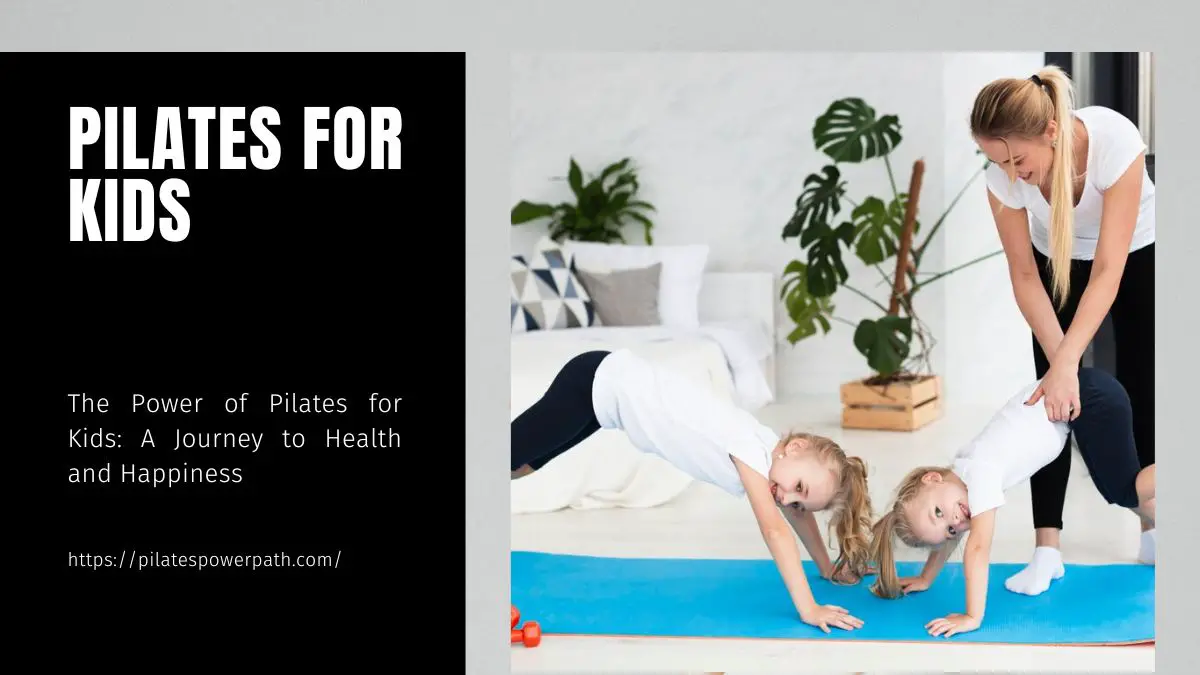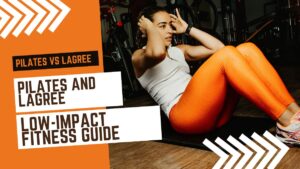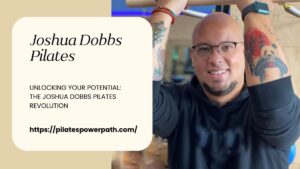Welcome to the world of Pilates for kids – where fitness meets fun! In today’s fast-paced digital age, ensuring our children lead active and healthy lifestyles is more important than ever. Pilates offers a unique blend of physical exercise and mental wellness, making it an ideal choice for kids of all ages. In this comprehensive guide, we’ll delve into the wonders of Pilates for kids, exploring its benefits, safety considerations, fun exercises, and practical tips for integrating it into their daily routines. So, let’s embark on this exciting journey to unlock the power of Pilates for our children’s health and happiness.
What is Pilates?
Pilates, developed by Joseph Pilates in the early 20th century, is a holistic exercise method designed to strengthen the body, improve flexibility, and enhance mental well-being. At its core, Pilates focuses on building core strength, promoting proper alignment, and fostering mind-body connection. Unlike traditional forms of exercise that rely heavily on repetitive movements, Pilates emphasizes precision and control, making it accessible to people of all fitness levels and ages.
The Principles of Pilates
Central to the Pilates method are its foundational principles, which guide practitioners through each movement with intention and awareness. These principles include:
- Breath: Proper breathing is essential in Pilates, as it helps oxygenate the body, facilitate movement, and promote relaxation.
- Centering: Pilates emphasizes the activation of the body’s “powerhouse” – the deep abdominal muscles, lower back, and pelvic floor – to initiate movement and provide stability.
- Control: Each Pilates exercise is performed with precise control, focusing on quality of movement rather than quantity.
- Precision: Attention to detail is key in Pilates, with practitioners aiming for precise alignment and movement execution to maximize effectiveness and minimize the risk of injury.
- Concentration: The mind-body connection is central to Pilates, requiring practitioners to stay mentally engaged and focused throughout their practice.
Read More: Mastering Pilates: A Comprehensive Guide for Beginners Dummies
Benefits of Pilates for Kids
Pilates offers a wide array of benefits for kids, encompassing both physical and mental aspects of health and well-being. Let’s explore some of the key benefits:
- Improved Flexibility: Pilates exercises promote flexibility by gently stretching and lengthening the muscles, helping kids maintain a full range of motion in their joints.
- Enhanced Strength: Through targeted resistance exercises, Pilates helps children develop strength in their core muscles, as well as in their arms, legs, and back.
- Better Posture: By emphasizing proper alignment and body awareness, Pilates can help kids improve their posture, reducing the risk of musculoskeletal issues later in life.
- Increased Coordination: Pilates exercises often involve complex movements that require coordination between different muscle groups, helping kids develop better motor skills and coordination.
- Stress Relief: The mindful nature of Pilates, combined with its focus on breath and relaxation, can help kids manage stress and anxiety, promoting a sense of calm and well-being.
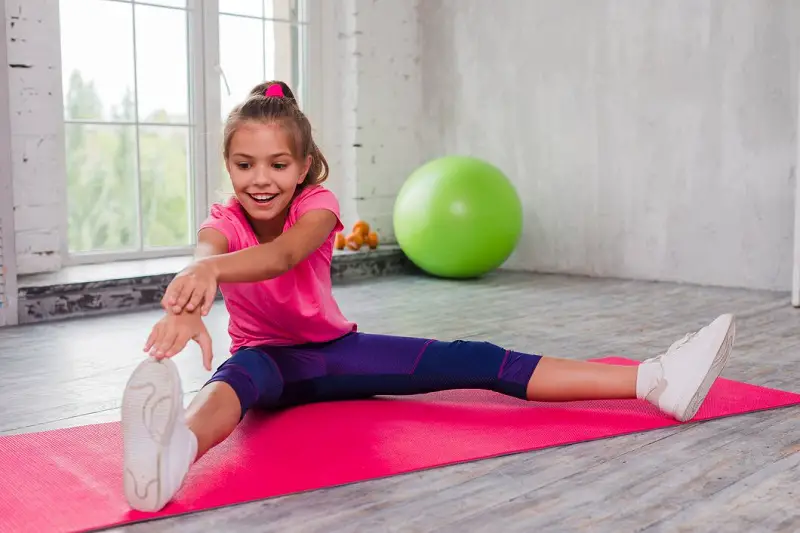
Safety Considerations
While Pilates is generally safe for children, it’s essential to take certain precautions to ensure their well-being:
- Proper Supervision: Kids should always practice Pilates under the guidance of a qualified instructor or knowledgeable adult to ensure they perform exercises correctly and safely.
- Appropriate Equipment: Make sure kids have access to suitable Pilates equipment, such as mats, stability balls, and resistance bands, to support their practice and prevent injuries.
- Listen to Their Bodies: Encourage kids to listen to their bodies and take breaks as needed during Pilates sessions. Overexertion or pushing through pain can lead to injury.
- Start Slowly: Introduce Pilates gradually, starting with simple exercises and gradually increasing intensity as kids become more familiar with the practice.
Getting Started with Pilates for Kids
Pilates is suitable for children of all ages, with modifications available to accommodate varying skill levels and physical abilities. Here’s how to get started:
- Age Considerations: While there’s no specific age requirement for starting Pilates, children as young as five or six can safely participate in basic Pilates exercises. However, it’s essential to adapt the exercises to suit the child’s age and developmental stage.
- Equipment and Attire: All you need to get started with Pilates for kids is a comfortable exercise mat and some open space to move. Loose-fitting, breathable clothing is ideal for allowing freedom of movement.
- Choose the Right Instructor: If possible, enroll kids in a Pilates class specifically designed for children or led by an instructor experienced in teaching young practitioners. Alternatively, you can explore online resources or DVDs tailored to kids’ Pilates.
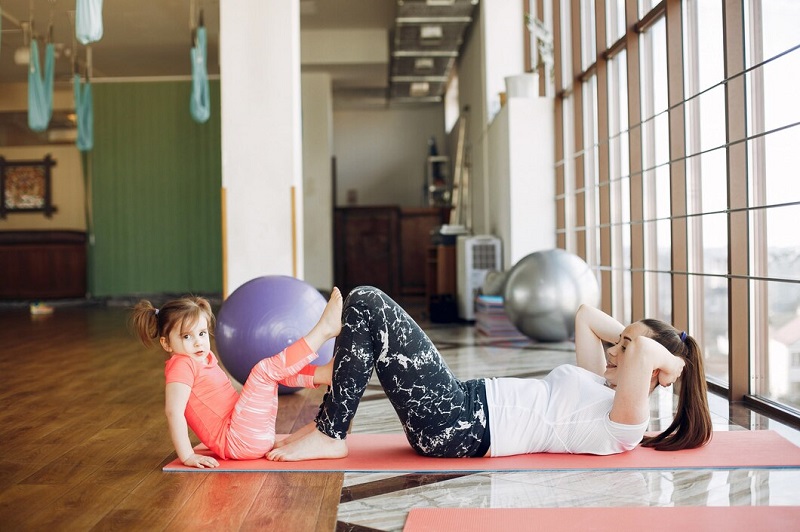
Fun Pilates Exercises for Kids
One of the best aspects of Pilates for kids is its ability to engage their imaginations and creativity while promoting physical fitness. Here are some fun Pilates exercises for kids to try:
- The Hundred: Lie on your back with knees bent, and arms by your sides. Inhale deeply, then exhale as you lift your head and shoulders off the mat, reaching your arms forward. Pump your arms up and down while breathing in for five counts and out for five counts, aiming to complete 100 arm pumps.
- Pilates Ball Roll: Sit on a Pilates ball with feet hip-width apart and hands on hips. Slowly roll the ball forward, keeping your back straight, until your upper back is resting on the ball. Engage your core and lift your hips off the mat, forming a straight line from shoulders to knees. Hold for a few seconds, then slowly roll back to the starting position.
- Butterfly Stretch: Sit on the mat with the soles of your feet together, knees bent out to the sides. Hold onto your ankles and gently press your knees toward the ground, feeling a stretch in your inner thighs. Hold for a few breaths, then release.
Incorporating Pilates into Daily Routine
Integrating Pilates into kids’ daily routines is easier than you might think. Here are some practical tips for making Pilates a regular part of their lives:
- Morning Wake-Up: Start the day with a few minutes of Pilates to wake up the body and mind, setting a positive tone for the day ahead.
- After-School Energy Boost: After a long day at school, encourage kids to unwind with some gentle Pilates exercises to release tension and re-energize.
- Family Fitness Time: Make Pilates a family affair by practicing together as a group. Not only does this promote bonding, but it also sets a positive example for kids to follow.
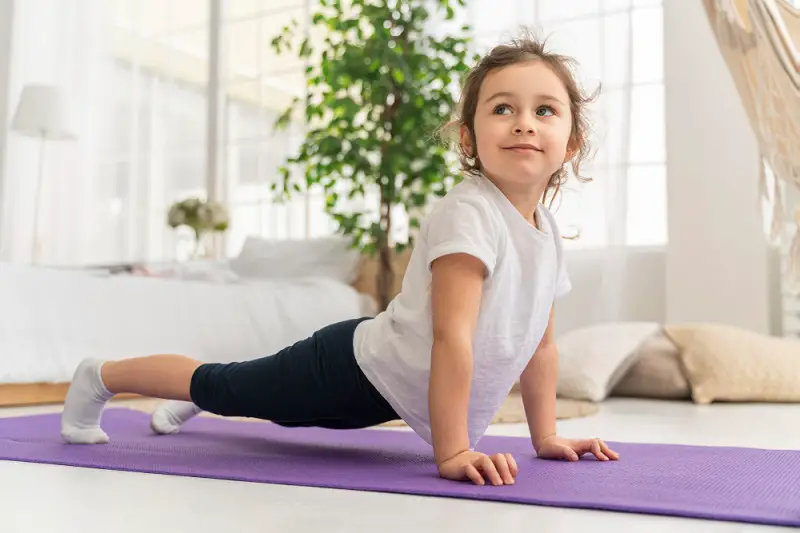
Pilates for Kids: Success Stories
The transformative power of Pilates for kids is evident in countless success stories from parents, teachers, and children themselves. Here are just a few inspiring anecdotes:
- Improved Academic Performance: Parents have reported that their children’s focus and concentration have improved since starting Pilates, leading to better academic performance in school.
- Enhanced Sports Performance: Athletes who incorporate Pilates into their training routines have seen improvements in their strength, flexibility, and overall performance on the field or court.
- Boosted Confidence: Children who practice Pilates regularly often experience increased self-esteem and confidence, as they develop a deeper understanding and appreciation of their bodies’ capabilities.
Conclusion
In conclusion, Pilates for Kids offers a holistic approach to health and fitness, promoting physical strength, flexibility, and mental well-being in a fun and engaging way. By incorporating Pilates into children’s daily routines and providing a supportive environment for practice, we can empower them to lead healthier, happier lives. So, let’s inspire the next generation to unlock the power of Pilates and embrace the joy of movement!
FAQs about Pilates for Kids
While there’s no set age requirement, children as young as five or six can safely participate in Pilates. It’s essential to adapt exercises to suit the child’s age and developmental stage.
In most cases, Pilates is safe for children with pre-existing health conditions. However, it’s crucial to consult with a healthcare professional before starting any new exercise program to ensure it’s appropriate for the child’s needs.
The frequency of Pilates practice for children can vary depending on their age, fitness level, and individual goals. As a general guideline, aim for at least two to three sessions per week to see noticeable benefits.

